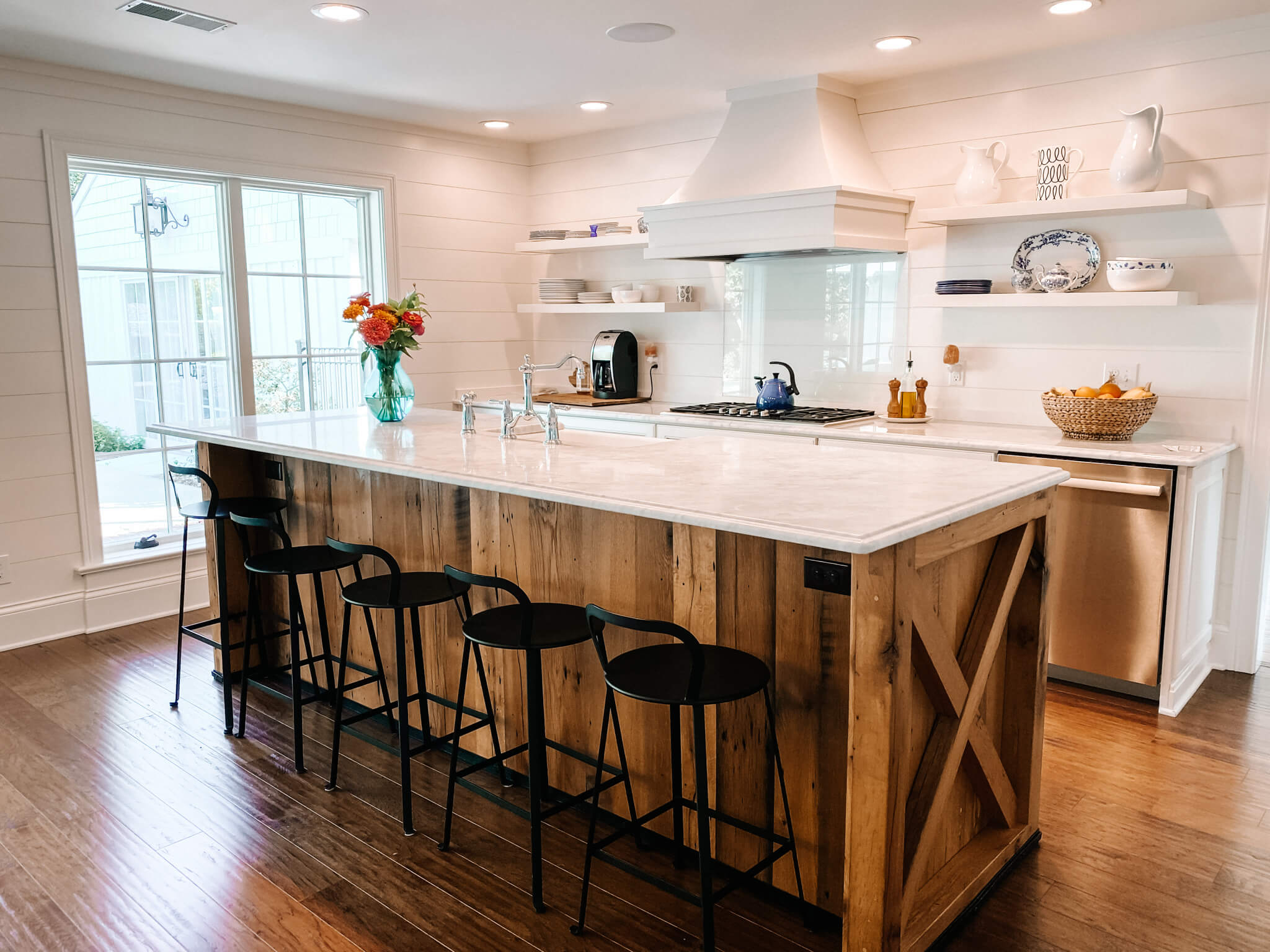In today's rapidly changing environment, the idea of home renovation has transcended beyond mere appearance. It has become a crucial aspect of creating spaces that are not only beautiful but also functional and adaptable for the future. Homeowners are increasingly recognizing the significance of creating environments that suit to their evolving needs, ensuring that their homes remain useful and relevant for years to come. From the newest trends in sustainable materials to smart home features that improve everyday living, the choices for renovation are expansive and exciting.
Whether you are planning a significant renovation or just looking to make small updates that can change your environment, understanding the basics of home remodeling is essential. This guide provides insights into effective planning, budgeting tips, and the latest trends to keep your home stylish and functional. Whether you choose to take on the project yourself or hire professionals, knowing how to navigate the world of home remodeling will empower you to build a space that reflects your way of life and values while getting ready for the future.
Home Renovation Fundamentals
While embarking on a house renovation undertaking, it’s important to create a clear strategy that defines your aims, budget, and timeframe. Start by evaluating your present area and determining which areas need enhancement or updating. Take into account factors such as efficiency, aesthetics, and likely market value. Investigate the most recent developments in house design to spark your idea and assist your choices. Crafting a comprehensive roadmap not only supports streamline the procedure but also limits costly errors down the line.
Cost estimation is a key aspect of any renovation task. Comprehending how to renovate your home on a budget will enable you to make the most of your expenditure while attaining your goal results. Start by setting a realistic cost estimate that accounts for materials, work, and surprise costs. Seek out ways to reduce expenses without compromising quality, such as obtaining materials from local suppliers or going for DIY alternatives in certain areas. Keep in mind to take into account the likely return on investment, as some renovation projects will offer better financial benefits than others.

Ultimately, deciding whether to tackle a remodel on your own or employ a contractor is a major decision. Evaluate the benefits and drawbacks of DIY versus contractor assistance, considering your expertise and the scope of the endeavor. Though DIY tasks can cut money, hiring a skilled contractor often ensures excellent work and conformance to regional building codes. Take educated choices based on your specific objectives, the scale of the remodel, and your budgetary restrictions to guarantee a satisfactory renovation of your home.
Trends and Advancements
Residential renovation is experiencing numerous trends and innovations that reflect evolving preferences and tastes. One of the most notable trends is the change toward green practices. Sustainable home remodeling projects, such as incorporating renewable materials and smart systems, are becoming ever more popular. Homeowners are now focusing on renovations that reduce their carbon footprint, reduce utility costs, and promote a more sustainable living environment. The installation of solar panels during a renovation is also gaining traction, allowing homeowners to utilize solar power while enhancing their property value.
Additionally, the rise of smart home technology is redefining the way we make use of our residences. From smart lighting and climate control to sophisticated security systems, incorporating smart features into home renovations can greatly improve convenience and efficiency. As property owners seek to create a more connected environment, remodels are increasingly focused on incorporating these gadgets harmoniously into their existing layouts. This trend not only enhances daily activities but also attracts potential buyers, making properties more appealing in a crowded real estate market.
Finally, the concept of flexible spaces is becoming a key focus in interior design. As many people continue to value working from home, the need for functional yet stylish spaces has never been greater. Rooms that can serve varied functions, such as home offices that double as guest bedrooms or recreation spaces that transform into movie rooms, are highly sought after. This trend taps into the idea of versatility, allowing residents to maximize their space while addressing their changing needs over time.
Budgeting and Expense Control
Managing your budget efficiently is crucial when preparing for a home remodel. Start by setting a feasible budget that includes all aspects of the project, from materials and labor to licenses and unexpected costs. A good guideline is to set aside an additional 10 to 20 percent of your budget for unexpected expenses. This allows you to handle any surprises without derailing your entire plan. Break down costs by room or feature, which helps in understanding where your money will be spent and allows for changes if needed.
Next, rank your remodeling goals. Identify which components of your project are essential and which can be considered upgrades or luxuries. Concentrate on remodeling projects that provide the best return on investment while also corresponding with your lifestyle needs. For example, kitchen and bathroom remodels generally offer higher ROI compared to cosmetic upgrades. remodeler helps in sticking to your budget but also ensures you’re making smart financial decisions that will benefit you in the long run.
Lastly, explore various funding options to enhance your remodeling budget if needed. Look into home improvement loans, grants, or even saving plans that can help fund your project. Additionally, consider cost-saving tips such as tackling smaller DIY projects, sourcing materials from wholesalers, or even exploring eco-friendly options that can lower energy costs in the long run. By organizing thoughtfully and remaining strategic about your spending, you can successfully manage your remodel budget without compromising quality or style.
